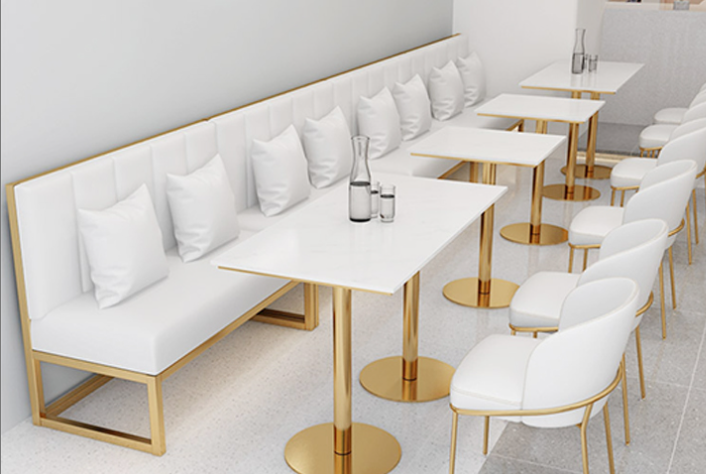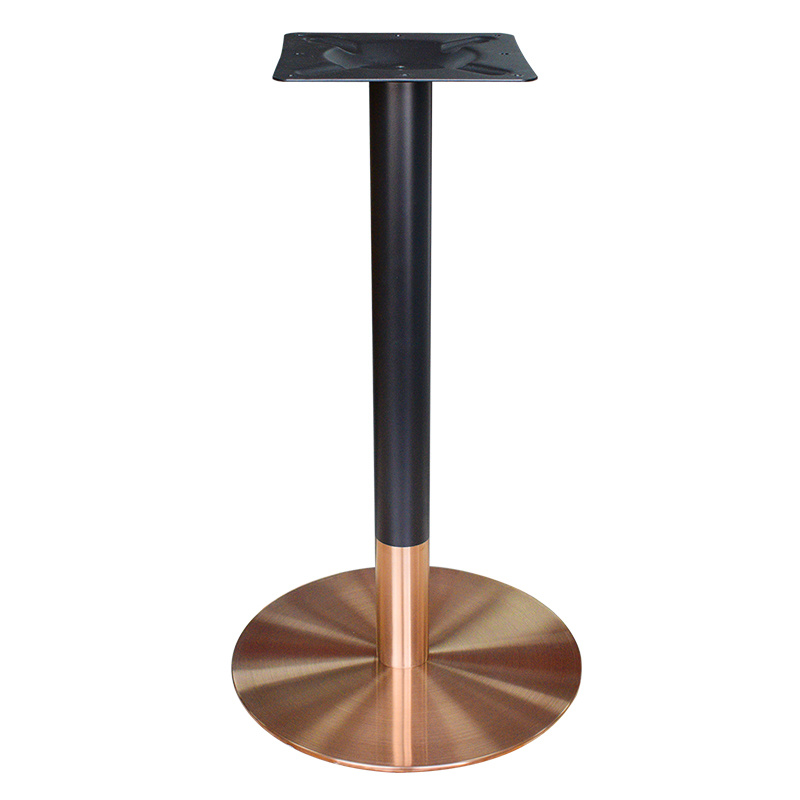Introduction to foundries: How to choose the location for stainless steel casting and pouring.
Release time:
2022-12-30
The lost foam casting stainless steel foundry should place the vaporized mold with openings, such as dialogue boxes, main ribs, and concave grooves, facing down as much as possible. This is beneficial for sand filling design and ensures tightness.
How to choose the pouring position when casting stainless steel castings in a foundry?
1. In lost foam casting, the foundry should place the vaporizing mold with openings, such as dialog boxes, main ribs, and concave grooves, facing down as much as possible. This is beneficial for sand filling design and ensures tightness.
2. Production processing surface: The foundry should place important production processing surfaces facing down or vertically. This is because the slag generated by the high-temperature molten metal can easily float above the casting, ensuring the processing surface is protected. Ideally, the lost foam casting stainless steel casting manufacturer can adjust it to the set pouring spout.
3. The large flat surface of the mold should also be placed vertically or tilted: Experience from lost foam casting manufacturers during production indicates that defects caused by gas venting and thermal decomposition residues mostly occur on the inner surface, while the downward surface or side building surfaces are smooth, with a very low probability of defects. For lost foam casting, this placement can prevent deformation of the large flat surface during sand filling and can also prevent the vaporizing mold from dissolving and vaporizing simultaneously when encountering high-temperature molten metal, which helps to suppress the vaporization rate and reduce the gap between magnetic density and the molten metal mirror glass, preventing box collapse defects and ensuring smooth pouring.
4. When selecting the pouring area, it is also necessary to facilitate the establishment of the pouring system and the safety passage for slag discharge and venting.
5. In the foundry, the most common pouring system is the bottom pouring system. However, due to the heat of the vaporizing mold, during pouring, the shape is continuously exposed to high-temperature molten metal and air. These substances and gases are mainly cleared from the gaps in the molding sand and the gaps between the vaporizing mold and the metal mold, so placing it vertically or tilted is beneficial for clearing gases and impurities, preventing sand inclusion and scabbing defects.
How should the foundry process stainless steel castings?
1. During production, the foundry needs to find the center position of the stainless steel casting, ensuring that the differential surface of the stainless steel casting has an appropriate amount of processing.
2. The processing methods for stainless steel castings are generally divided into two types: rough processing and deep processing. The stainless steel casting manufacturer can also choose according to customer specifications. During rough processing, the manufacturer should leave a certain capacity on one side.
3. If the bottom of the stainless steel casting needs processing, the foundry should try to avoid processing; it is sufficient to see light. If there are no defects at the bottom, it can be produced directly in one go. If there is a capacity of about a millimeter, then deep processing needs to be carried out.
4. The specifications for the inner hole and relative height of deep processing also have standards, and the foundry needs to control them according to measurement errors. If defects occur in the casting, they can be repaired by welding before proceeding with deep processing.
5. If the foundry encounters external defects during manufacturing, it needs to carry out external repairs on the stainless steel casting. Generally, methods such as arc welding or other means can be used for polishing, which can effectively reduce production process losses and maintain the cleanliness and smoothness of the casting.
If you need casting services, remember to consult our foundry.
Related News
Share




